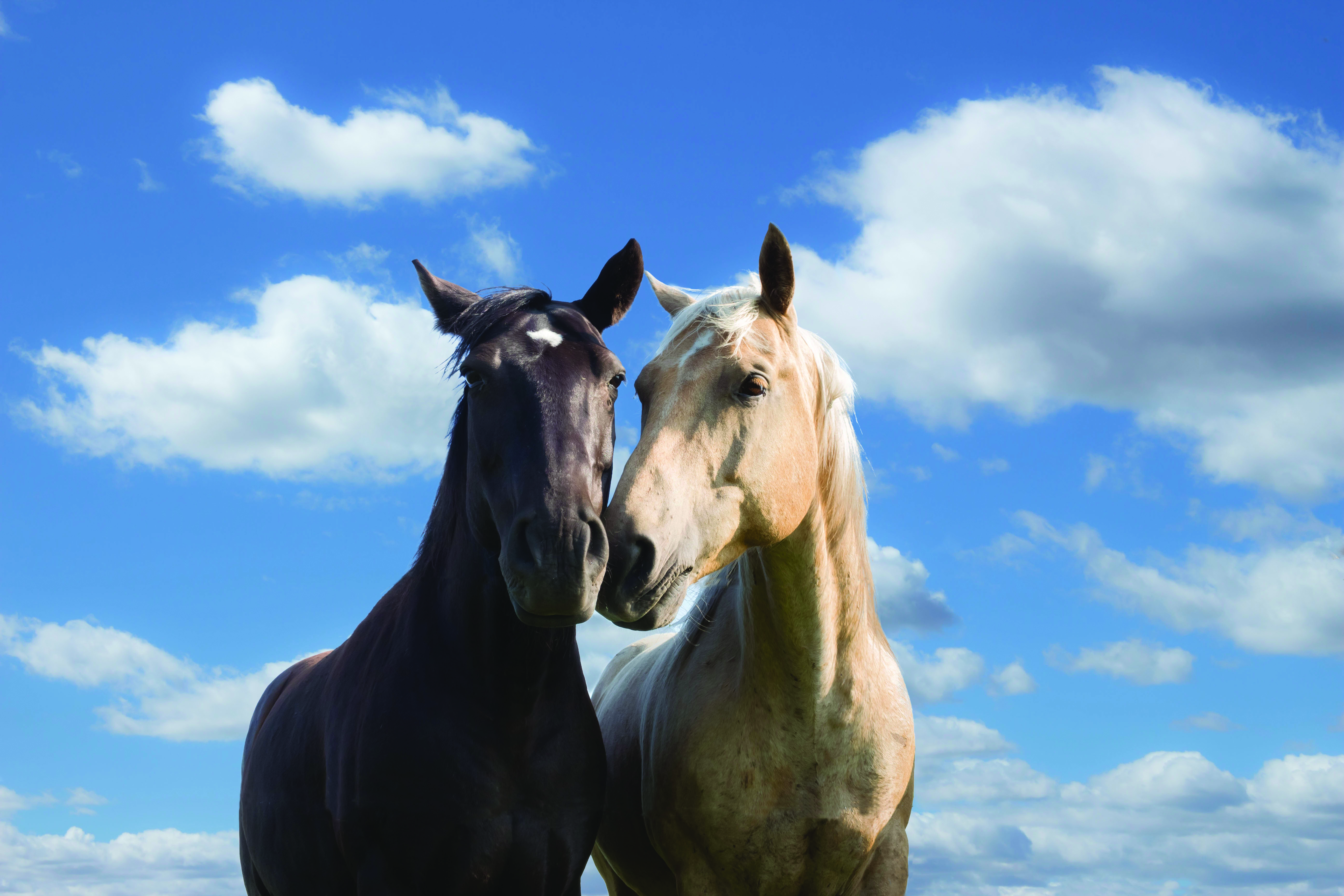We all want our horses to stay healthy. Toward that end, a program of ongoing protective measures (popularly known as “biosecurity”) is your first, best line of defense against infectious diseases. Here are the basics, for at home and on the road.

Around the Barn
• Work with your veterinarian to establish an appropriate vaccination program for all horses in your care.
• Be sure all horses entering your facility (or the one where your horse is boarded) are appropriately vaccinated and free of communicable diseases. Ideally, isolate all incoming horses for up to 30 days.
• Don’t share water or feed buckets; grooming equipment; or any piece of gear that may come into contact with a horse’s eyes, nose, or mouth.
• When cleaning or filling water containers, don’t allow the hose nozzle to touch the container.
When Traveling
• Don’t transport your horses with horses from other farms. Use your own trailer when possible and sanitize any other trailer before using.
• Keep a disinfectant-filled spray bottle handy to disinfect stalls and stable areas before moving your horse into a show grounds or other new facility. (Spray liberally.)
• Don’t use common water buckets or feed areas at shows or event grounds. As at home, don’t touch the end of a hose to your horse’s water bucket, or let it submerge in the water as you fill the bucket.
• Don’t let your horse touch noses with other horses, or graze in areas where other horses have recently been grazing.
• Don’t borrow/share halters, twitches, lip chains, or other items that may touch a horse’s eyes, nose, or mouth.

Pest-Free Zone
Take special care to guard against the pests most likely to transmit diseases. These include flies and mosquitoes, mice and rats, and opossums. To reduce their incidence, remove all manure and waste products to an appropriate location away from the barn, eliminate areas of standing water, and keep feed secure from wild mammals and birds.






